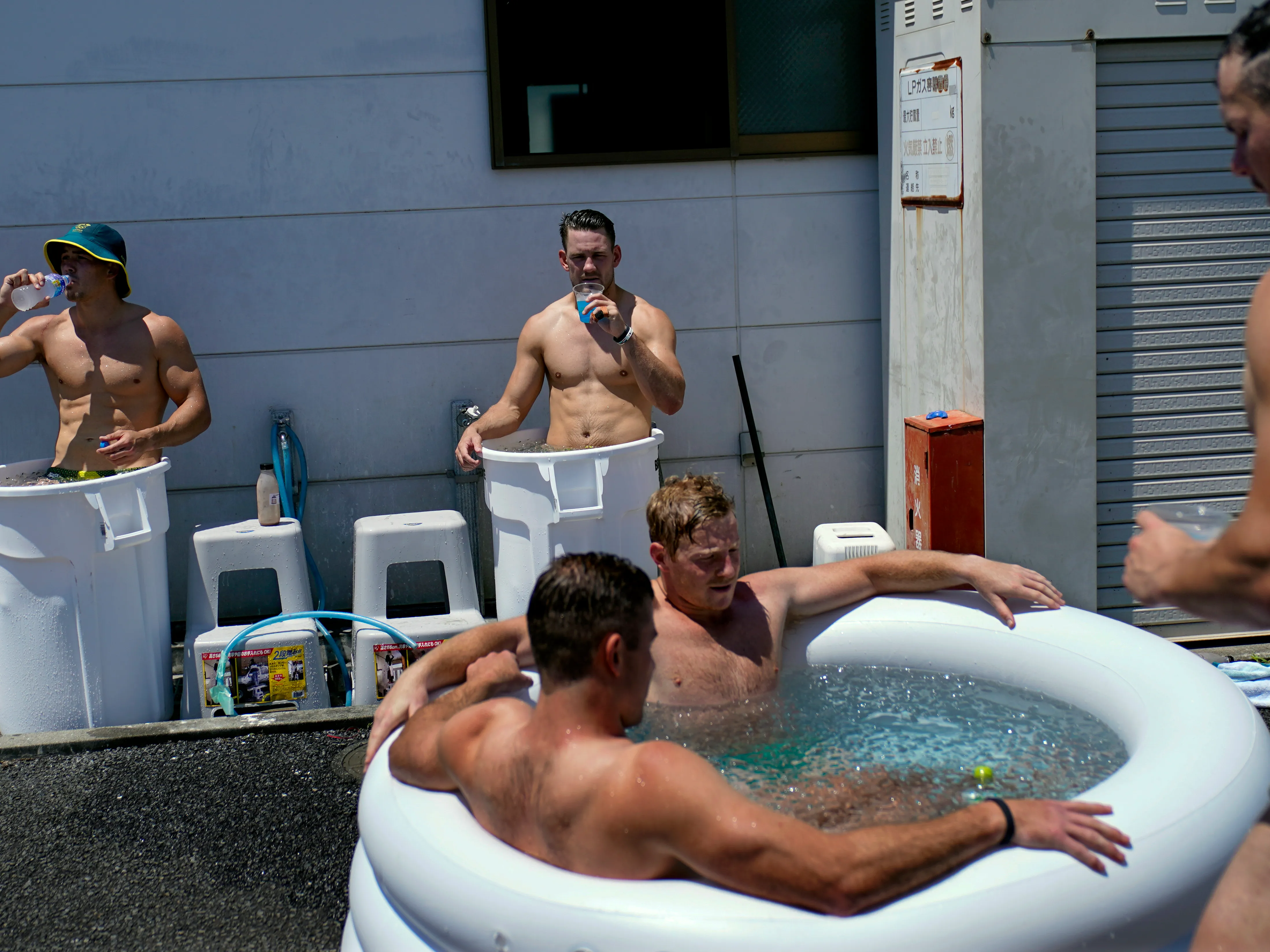Undergoing surgery can be a daunting experience, often accompanied by pain, inflammation, and the lengthy road to recovery. One emerging method that is gaining attention for its potential benefits in post-surgery healing is cold plunging. This article will explore the role of cold plunging in post-surgery recovery, focusing on how it can help control inflammation, reduce pain, and accelerate the healing process.
The Importance of Post-Surgery Recovery
1. Understanding Post-Surgery Recovery
Recovery after surgery is a critical phase that involves:
- Healing the Surgical Site: Allowing incisions or tissues to mend properly.
- Managing Pain: Controlling discomfort to facilitate mobility and participation in rehabilitation.
- Preventing Complications: Reducing the risk of infections, blood clots, and other complications that can arise post-operation.
2. The Recovery Timeline
Post-surgery recovery can be broken down into several phases:
- Immediate Recovery: This begins in the hospital and focuses on stabilizing the patient post-anesthesia.
- Early Recovery: The first few weeks after surgery when pain management and mobility are crucial.
- Long-Term Recovery: This phase can last months and includes physical rehabilitation and gradual return to daily activities.
How Cold Plunge Supports Post-Surgery Recovery
1. Reducing Inflammation
One of the most significant benefits of cold plunging for post-surgery recovery is its ability to reduce inflammation:
- Mechanism of Action: Cold exposure causes blood vessels to constrict (vasoconstriction), which reduces blood flow to the inflamed area, thereby decreasing swelling and inflammation.
- Scientific Support: Studies show that cold water immersion can significantly lower inflammatory markers in the body, which is vital for post-surgical healing. For example, a study published in the Journal of Athletic Training found that cold therapy effectively reduced inflammatory responses following surgical procedures.
2. Alleviating Pain
Pain management is a crucial aspect of recovery, and cold plunging can help:
- Numbing Effect: Cold temperatures can provide a numbing sensation that temporarily alleviates pain in the surgical area, allowing for more comfortable movement.
- Reduction in Pain Sensation: Cold exposure has been shown to increase the threshold for pain perception, meaning that patients may experience less discomfort during the early recovery phase.
3. Accelerating Healing
Cold plunging may promote faster healing through various mechanisms:
- Improved Circulation Post-Exposure: Once the body warms up after cold exposure, blood vessels dilate (vasodilation), leading to increased blood flow. This enhanced circulation delivers essential nutrients and oxygen to the surgical site, aiding in tissue repair.
- Facilitating Lymphatic Drainage: Cold exposure can stimulate the lymphatic system, helping to remove toxins and excess fluids from the body, which is crucial for healing.
4. Enhancing Mental Well-being
Recovery from surgery can be a mentally taxing process. Cold plunging may also contribute to psychological benefits:
- Stress Reduction: Cold exposure has been linked to reduced levels of cortisol, the stress hormone, which can positively impact mood and overall recovery.
- Increased Endorphins: The release of endorphins during cold immersion can improve mood and help combat post-surgery anxiety or depression.
Practical Guidelines for Cold Plunging Post-Surgery
1. When to Start Cold Plunging
Timing is critical when integrating cold plunging into your recovery plan:
- Consult Your Healthcare Provider: Before starting cold plunging, it’s essential to get approval from your surgeon or healthcare provider to ensure it’s safe based on your specific surgery and condition.
- Post-Acute Phase: Cold plunging is generally recommended after the initial acute recovery phase (the first 48-72 hours post-surgery), once your healthcare provider indicates that inflammation and swelling are present.
2. Duration and Temperature
Knowing how long and how cold to plunge is essential for safety and efficacy:
- Temperature Range: Aim for water temperatures between 50°F and 59°F (10°C to 15°C) for optimal benefits.
- Duration: Start with short sessions of about 5-10 minutes, gradually increasing to 15 minutes as tolerated.
3. Complementary Recovery Strategies
To enhance the effectiveness of cold plunging, consider these additional strategies:
- Hydration: Staying hydrated is essential for recovery and can help reduce soreness and inflammation.
- Nutrition: A balanced diet rich in vitamins, minerals, and protein can support the healing process.
FAQs
Cold plunging can be beneficial for many types of surgery, but always consult your healthcare provider to ensure it’s appropriate for your specific situation.
Once approved by your healthcare provider, cold plunging can be done 2-3 times per week, depending on your recovery progress and comfort level.
Cold plunging is generally safe for most individuals, but those with specific medical conditions or complications from surgery should consult their healthcare provider.
Related Studies and Articles
For further insights into cold exposure and its effects on recovery, consider exploring the following resources:
Cold Water Immersion for Recovery: A comprehensive study in the European Journal of Applied Physiology discussing the benefits of cold water immersion for post-exercise recovery. Read the study here.
Pain Management and Cold Therapy: The American Physical Therapy Association outlines the role of cold therapy in pain management, providing insights relevant to post-surgical recovery. Learn more here.
Nutrition for Post-Surgery Recovery: The Mayo Clinic offers valuable information on dietary recommendations to support healing after surgery. Explore the article here.
Conclusion
Cold plunging represents a promising avenue for enhancing post-surgery recovery. By reducing inflammation, alleviating pain, accelerating healing, and improving mental well-being, this method can support individuals in their journey back to health. Always consult your healthcare provider before incorporating cold plunging into your recovery plan, and be mindful of your body’s responses to ensure a safe and effective recovery process.
Embrace the chill and discover the benefits of cold plunging as you work towards a smooth and efficient recovery after surgery!







